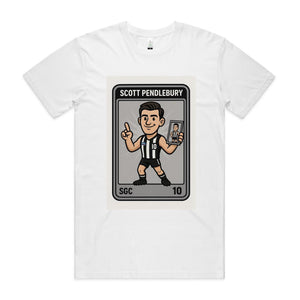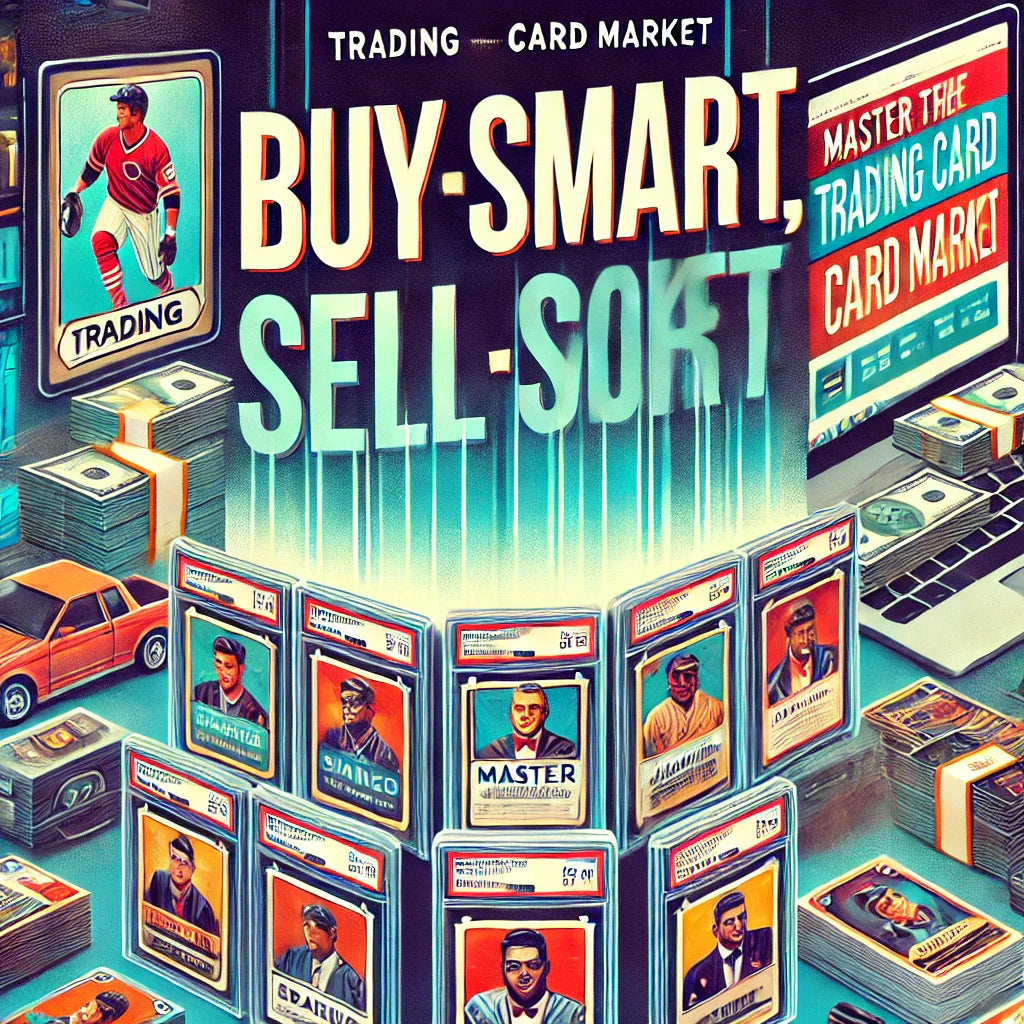The trading card hobby has seen a massive resurgence in recent years, transforming from a niche pastime into a booming global industry. From sports cards to Pokémon, Yu-Gi-Oh!, and Magic: The Gathering, collectors and investors alike are flocking to the market. But while many focus on the cards themselves—rare holographics, rookie cards, or limited editions—one crucial element often gets overlooked: the buying and selling process. Here’s why mastering this process is the key to success in the trading card world.
1. Buying Right: The Foundation of Profitability
The first step in the trading card journey is acquiring cards, and this step can make or break your success. Smart buying is all about:
- Researching Market Trends: Knowing which cards are rising in value or which players or sets are trending can help you make informed decisions.
- Spotting Deals: Whether buying raw cards, lots, or graded cards, the goal is to find undervalued gems. This might mean scouring local card shops, online marketplaces like eBay, or social media groups.
- Authenticity Checks: The market is rife with fakes and counterfeits. Verifying the authenticity of high-value cards is non-negotiable.
- Condition Awareness: For raw cards, assessing their condition is crucial since grading can significantly boost their value. Look for cards with sharp corners, clean surfaces, and no creases.
Buying smart ensures you minimize your risk and maximize your potential returns, setting the stage for profitable sales.
2. Selling: Turning Inventory Into Profit
Selling is where all the effort and investment pay off, but it’s not as simple as listing a card and waiting for offers. Effective selling requires:
- Understanding Your Market: Know where to sell your cards. Platforms like eBay offer global reach, but local markets or niche Facebook groups might fetch higher prices for certain cards.
- Presentation Matters: High-quality photos, clear descriptions, and transparency about a card’s condition can significantly boost buyer confidence and fetch better prices.
- Timing the Market: The value of trading cards can fluctuate. Selling at the right moment—such as after a player’s big game or before a major set release—can mean the difference between a modest sale and a jackpot.
- Customer Service: For repeat sales, building a reputation for honesty and reliability is essential. Buyers are more likely to return or recommend you if they’ve had a positive experience.
3. Grading: Bridging Buying and Selling
Grading is a crucial step that links buying and selling, as it significantly impacts the value of a card. For example:
- A raw card purchased for $50 might sell for $500 or more once professionally graded and certified in mint condition.
- Grading provides assurance to buyers about a card’s authenticity and quality, making it a worthwhile investment for sellers.
This process adds credibility to your sales and justifies premium pricing, but it’s important to choose a reliable grading company like PSA, SGC, or BGS.
4. Avoiding Common Pitfalls
Both buying and selling have their pitfalls, and avoiding them is crucial:
- Overpaying for Hype: Many collectors get caught up in the excitement of a trending card or set, only to see its value plummet later.
- Underpricing Rare Cards: Without proper research, you risk selling a card far below its true market value.
- Neglecting Fees: Platforms like eBay and PayPal charge fees that can eat into your profits. Factor these into your pricing strategy.
5. Building Long-Term Success
Ultimately, the buying and selling process isn’t just about flipping cards for quick profits—it’s about building a sustainable approach to trading cards. Whether you’re a collector or an investor, honing your skills in these areas will help you navigate the market more effectively, grow your collection, and maximize your profits.
By focusing on these core aspects, you’ll develop a keen eye for value and establish yourself as a trusted figure in the trading card community. After all, a great card can only be as valuable as the process that gets it into the right hands.
If you’re serious about buying, grading, and selling cards for profit, check out The Ultimate Guide to Card Grading—our expert eBook covering everything you need to know to make money in the trading card industry!





Share and get 15% off!
Simply share this product on one of the following social networks and you will unlock 15% off!